
☑ How To Discharge A Microwave Capacitor Video
October 16, 2023 How to Combine Non Nonpolar Capacitors Table of Contents Hide Understanding NonPolar Capacitors Collecting Your NonPolar Capacitors Parallel Connection Identify the Terminals Wiring Total Capacitance Series Connection Identify the Terminals Wiring Total Voltage Rating Double-Checking Polarity Conclusion FAQs
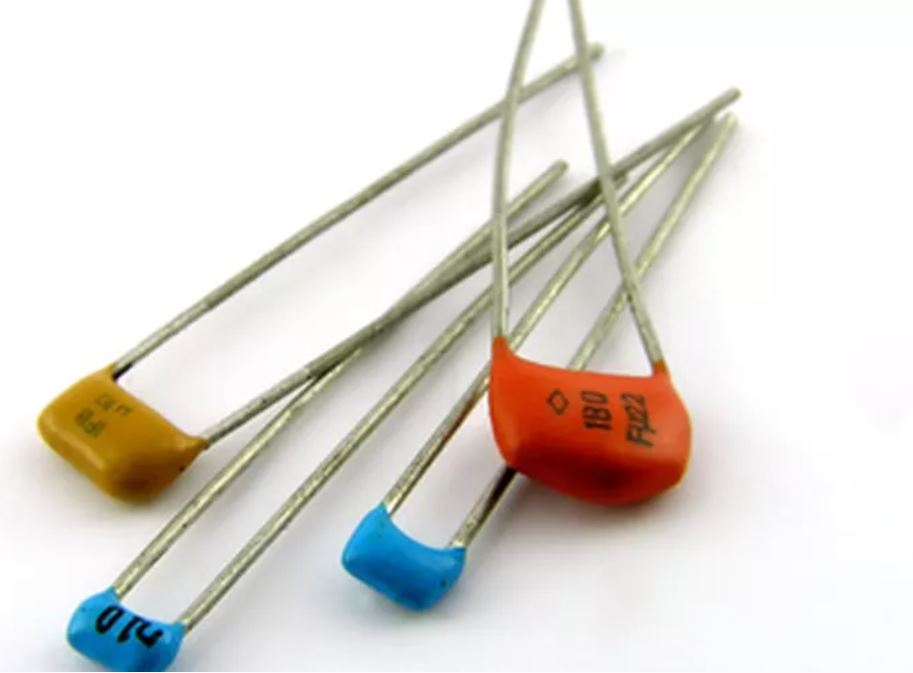
NonPolarized Capacitor Types & Function Linquip
Step 1: Identify The Positive And Negative Terminals Of Each Capacitor Before combining nonpolar capacitors in series, it's essential to identify the positive and negative terminals of each capacitor. This information is crucial for linking the capacitors correctly.
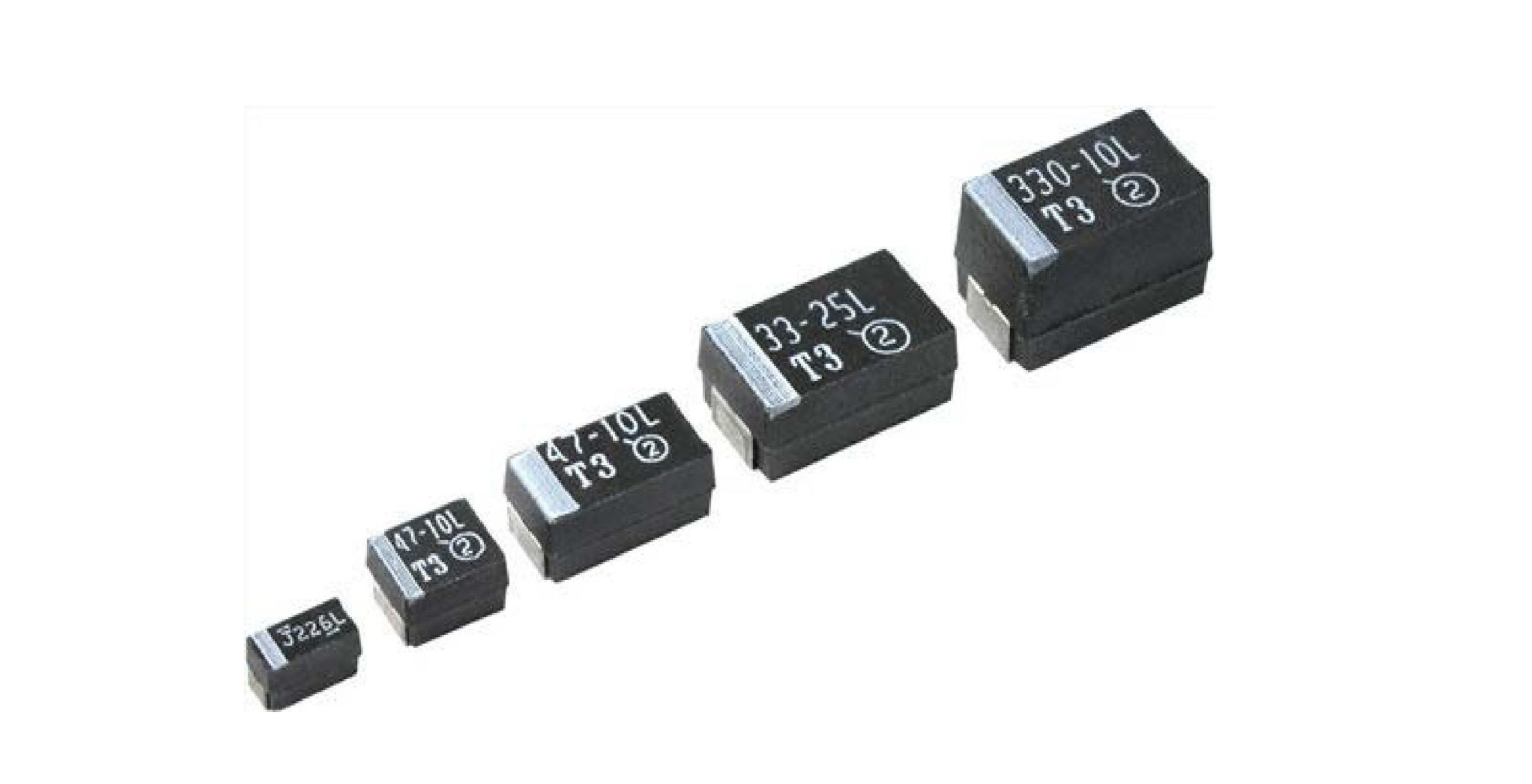
Low ESR tantalum capacitors make a difference in circuit designs
Mixing Capacitor Types: While combining non-polar capacitors, you can mix different types (e.g., ceramic and tantalum) as long as they have the same voltage ratings and are used in a way that adheres to the electrical requirements of your circuit. Decoupling Capacitors:
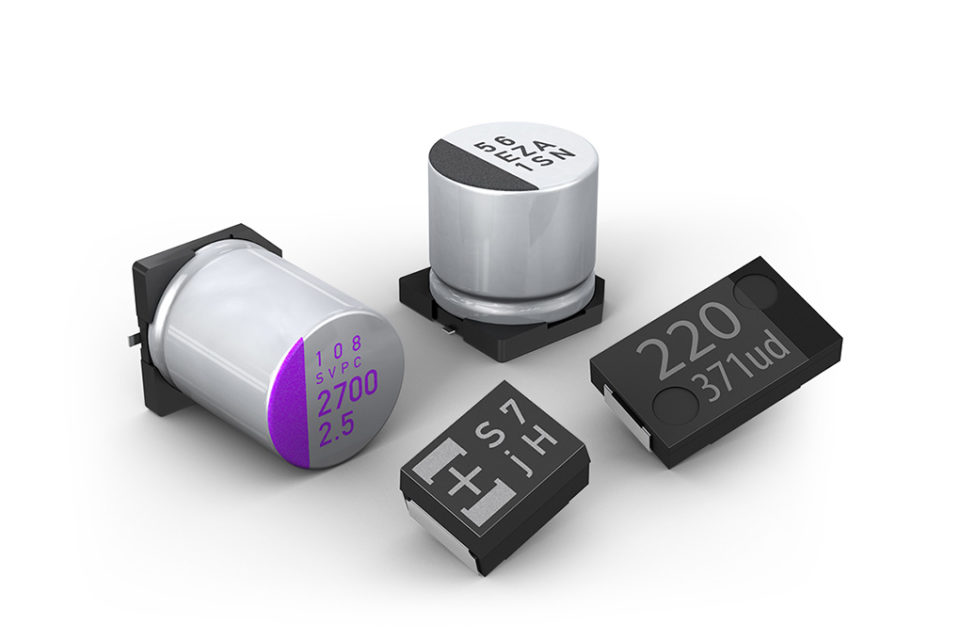
Polymer capacitors present an alternative to MLCC European Passive
This is done by connecting two electrolytic capacitors in series, back-to-back. This allows the electrolytic capacitors to be used in applications where the polarity is not known or can change. When combining non-nonpolar capacitors, it is important to make sure that the capacitors have the same voltage rating.
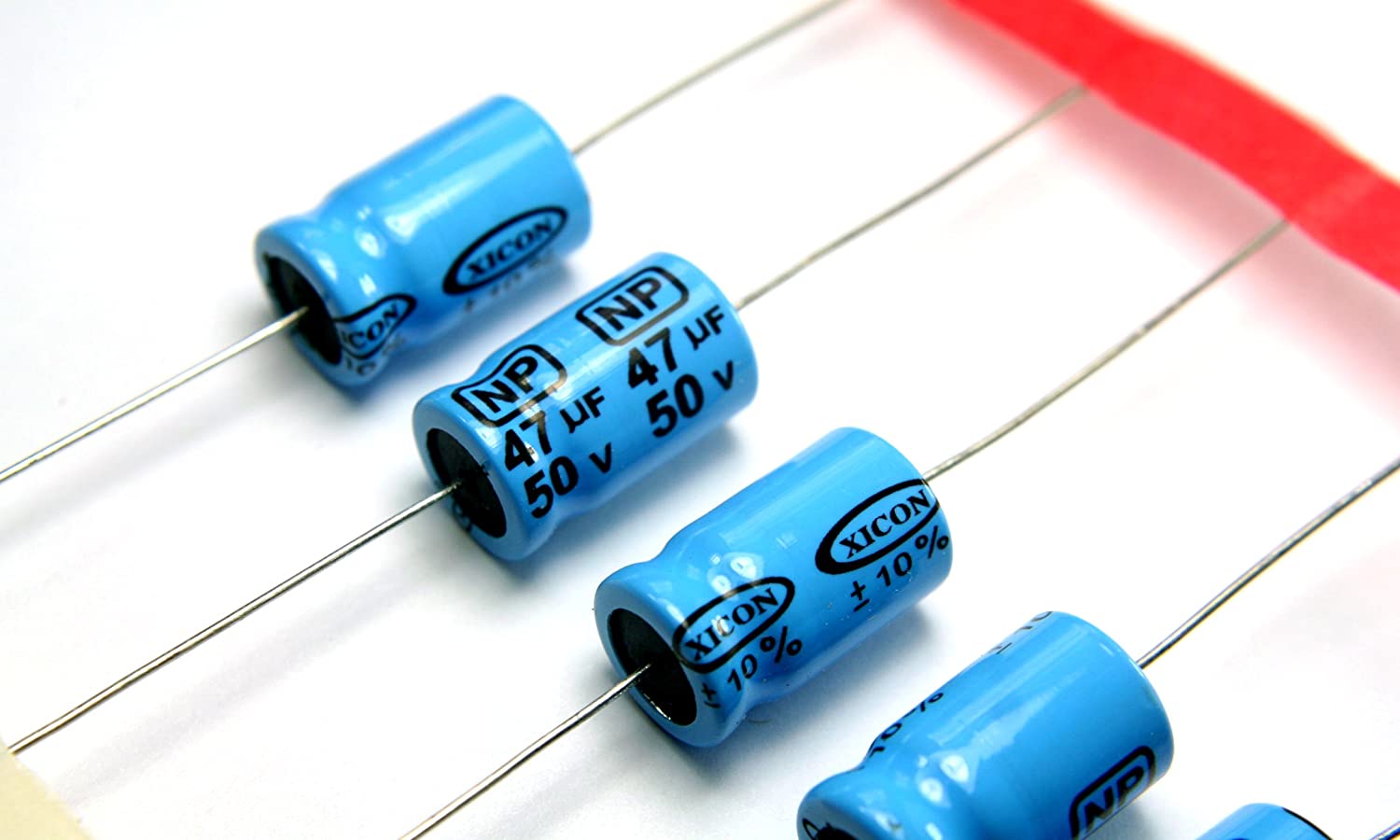
What Is Nonpolarized Capacitor
How to Combine Nonpolar Capacitors Introduction. Nonpolar capacitors are widely used in various electronic circuits and systems. They are known for their ability to store and release electrical energy efficiently. However, there are situations where a single nonpolar capacitor may not meet the requirements of a specific application. In such.
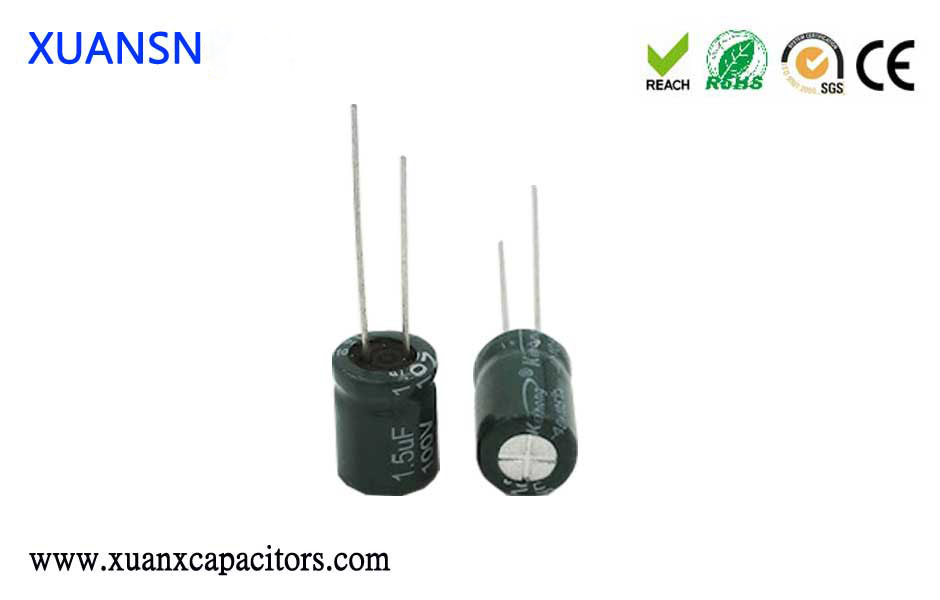
The difference between polar and nonpolar capacitors! Xuansn Capacitor
Mixed Combination: It is the solution for scenarios demanding increased voltage and capacitance. However, selecting the right non-polar capacitors is crucial, as not all types can effectively handle higher voltages and increased capacitance levels.

Polarized Capacitor Vs Non Polarized How to test A Non Polarized Urdu
Applications of Combined NonPolar Capacitors. Combining nonpolar capacitors finds applications in various fields and industries: 1. Power Supplies: In power supply circuits, combining nonpolar capacitors in parallel can help smooth out voltage fluctuations and reduce noise. 2. Audio Systems: High-quality audio equipment often uses nonpolar.
Buy 2018 hot sale 30PCS Nichicon older BP P(DB) 3.9uF
A meticulous step-by-step manual on the process of combining non nonpolar capacitors, ensuring a seamless integration procedure. FAQs - How to Combine Non Nonpolar Capacitors Q: Can I combine capacitors with disparate capacitance values? Certainly, but it's imperative to equilibrium them adequately.

13734.jpg
Combining non nonpolar capacitors is an essential skill for optimizing your electronics project. It allows you to increase capacitance, reduce capacitor size, and improve overall performance. With the right techniques and knowledge, combining non nonpolar capacitors can be a simple and effective process. Key Takeaways:

Capacitor & Types Of Capacitors Fixed, Variable, Polar & NonPolar
How to Combine Nonpolar Capacitors? Tools and Materials You'll Need Steps for Combine Nonpolar Capacitors Step 1: Safety First Step 2: Identify Capacitor Values Step 3: Connecting Nonpolar Capacitors in Parallel Step 4: Connecting Nonpolar Capacitors in Series Step 5: Testing Your Circuit Common Mistakes to Avoid Conclusion FAQ's
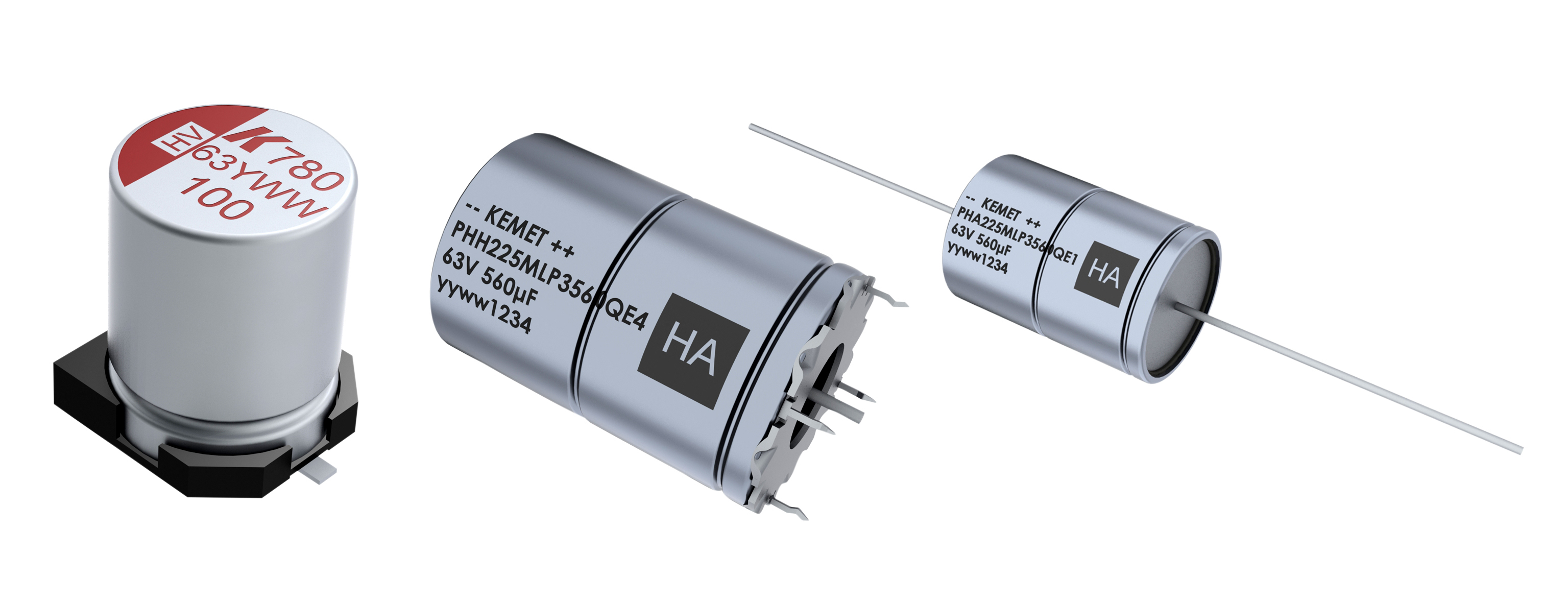
Capacitors combine conductive polymer and liquid electrolyte
Here's how you can do it: Parallel combination is ideal when you need to increase the capacitance while maintaining the same voltage rating. In some cases, you may want to combine non-polar capacitors in a series arrangement. This method increases the voltage rating while keeping the overall capacitance lower. Here's how you can do it:

Buy 10 pcs 15uF 16V Electrolytic Capacitor NICHICON 40℃+105℃ LongLife
Learn how to effectively combine non-polar capacitors in this comprehensive guide. Discover the benefits and potential pitfalls of this electronic component integration. In this comprehensive guide, we will explore the process of combining nonpolar capacitors for various electronic applications.

How To Calculate Decoupling Capacitor Value
1. Tantalum Capacitors 2. Ceramic Capacitors 3. Mica Capacitors The Basics of Combining Non-Nonpolar Capacitors Series Connection Parallel Connection Advantages and Applications of Non-Nonpolar Capacitor Combinations Increased Voltage Handling Customized Capacitance Efficient Space Utilization Cost-effectiveness

400uF 100V Electrolytic NonPolarized Crossover Capacitor
"No, do not do this. It will act as a capacitor also, but once you pass a few volts it will blow out the insulator." 'Kind of like "you can't make a BJT from two diodes"' "it is a process that a tinkerer cannot do" So is a non-polar (NP) electrolytic cap electrically identical to two electrolytic caps in reverse series, or not?

Types of non polar capacitors YouTube
How To Combine Non NonPolar Capacitors: Step-by-Step Guide December 1, 2023 Learn the art of optimizing electronic circuits by mastering the techniques on How to Combine non NonPolar Capacitors for enhanced performance and efficiency. A NonPolar Capacitor: What Is It? 2.11. Ceramic Capacitors 2.22. Tantalum Capacitor 2.33. Film Capacitor 3.11.

Nonpolar electrolytic capacitors YouTube
Non-polar capacitors are a versatile component in electronics due to their ability to work without specific polarity. They store and release electrical energy, making them essential in a wide range of electronic devices and circuits. 2. Types of Non-Polar Capacitors Ceramic Capacitors. Ceramic capacitors are among the most commonly used non.